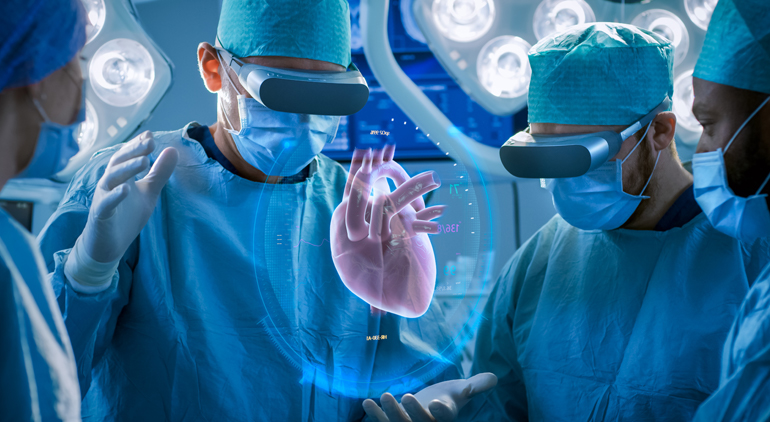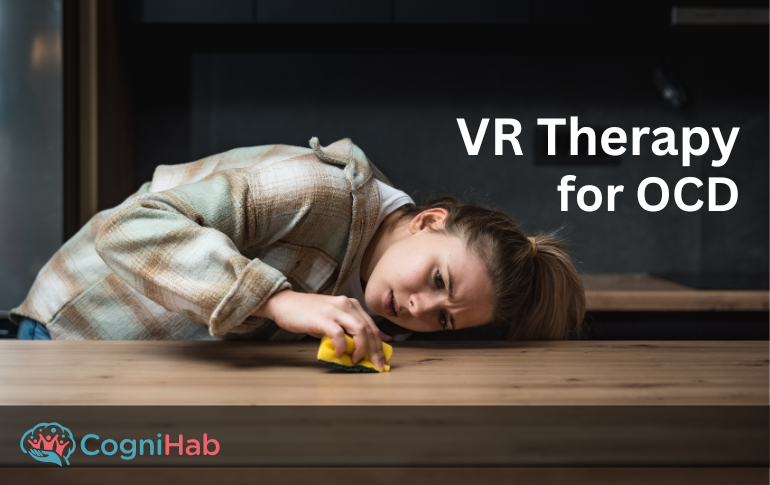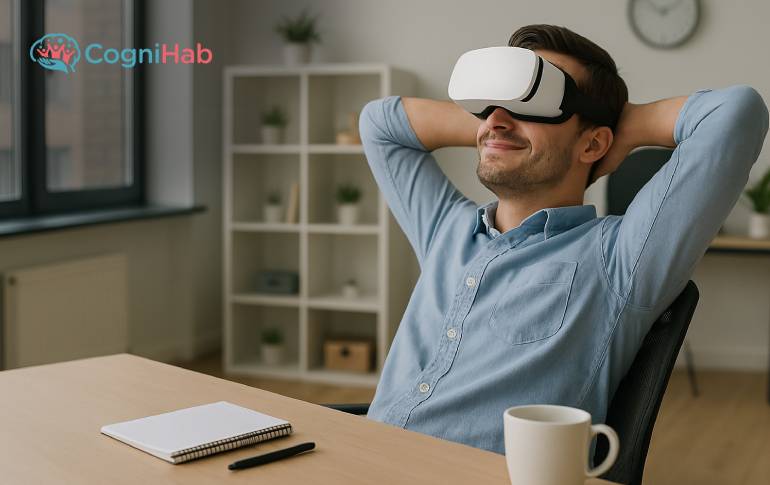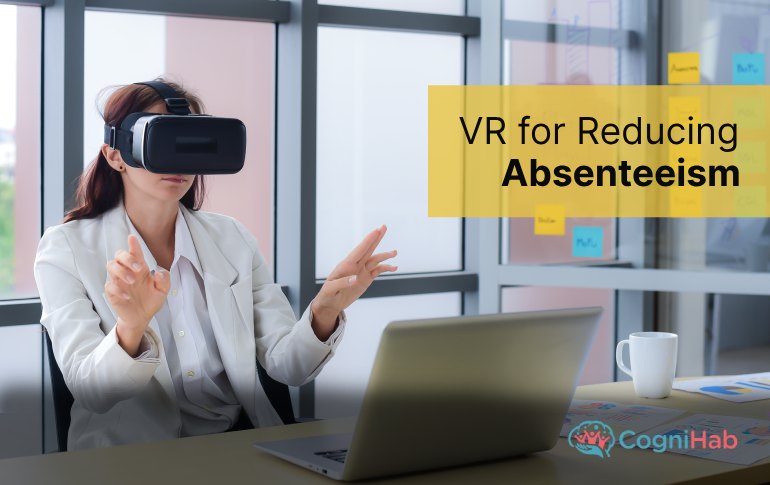Cardiac Rehabilitation - Uses of Virtual Reality (VR) in Cardiology
“It feels so sweet to feel the healthy heartbeat.”
Despite taking good care of health, many times, people encounter cardiovascular disease (CVD). Cardiac rehabilitation is the procedure to diagnose heart diseases. The virtual rehabilitation programs may include a set of games and exercises.
As per reports, CVD is one of the leading causes of death around the world. Some of the major cardiovascular diseases are:
- Abnormal heartbeats (arrhythmias).
- Aorta disease and Marfan syndrome.
- Congenital heart disease.
- Coronary artery disease (When arteries narrow down)
- Deep vein thrombosis and pulmonary embolism.
- Heart attack.
- Heart failure.
- Heart muscle disease (cardiomyopathy)
Uses of Virtual Reality (VR) in cardiology
- Global smart healthcare market is going to reach USD 245billion by the year 2026 at 8.5% of CAGR.
- In the healthcare market, the use of Virtual Reality was estimated at USD 2.076 Billion in 2020 and it is estimated to reach USD 42.84 Billion in 2028, at 39.98% of CAGR from 2021 to 2028.
The healthcare industry is using virtual reality in rehabilitation for many years. In cardiology also, VR is been using for decades. This is not only useful for cardiac rehabilitation but also helps in pre-procedural planning, intra-procedural visualization.
1. Surgery Planning
VR provides an overview of complex cases. Pre-procedural planning is one of the most used applications a cardiac surgeon relies on. Many cardiologists use it as a live presentation whiling discussing the complexity of the case with other doctors.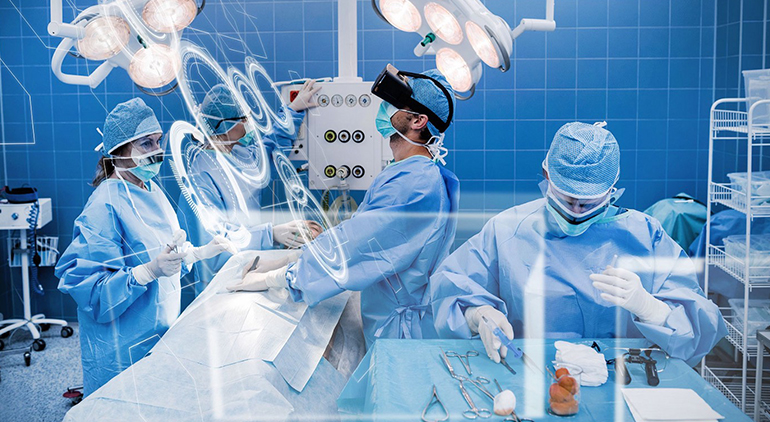 It also helps to decide on surgery equipment require as well.
It also helps to decide on surgery equipment require as well.
2. Medical Education
It is a tough journey to go under the knife. VR can help to fight surgery anxiety and fear. Virtual reality and augmented reality in healthcare education educate the patient about medical conditions and procedures.
3. Cardiac Rehabilitation
With the help of Cardiac Rehab, functional performance and energy levels increase. Cardiac Rehabilitation (CR) programs concentrate on improving cardio health. When we talk about traditional rehab programs, they are less effective than VR programs. You can attribute VR’s engaging and tailor-made approach for faster results.
What is cardiac rehabilitation?
Cardiac Rehabilitation is a medically designed and supervised program. It has a motto to improve cardiovascular health if anyone is experiencing any kind of cardiovascular disease (CVD). Cardiac Rehabilitation works in three equally important parts:
1. Exercise
Exercising with VR is real fun. This can be designed as per the need of the patient. Therefore, a patient can do it on own convenience. This is conducted in a controlled environment that involves less risk.
2. Education and healthy living
VR can create a replica of medical conditions and surgery processes. A patient can easily understand his condition and surgery process in advance. This is a very educative way for a patient, their family members. It also connects through healthy living and its benefits. 
3. Counselling
Cardiac rehabilitation programs are come with counseling sessions to overcome a painful medical journey. With the help of the VR system, the patient feels happier and heals better.
Cardiac rehabilitation is a three-level process:
- Clinical Phase
- Outpatient cardiac rehab, and
- Post cardiac rehab
It is very much important to use proper VR rehab on these levels.
Conclusion
- According to World Health Organization (WHO), 17.9 million people die from cardiovascular disease (CVD), every year, globally.
- This number is 32% of all the registered deaths worldwide.
- 85% of all CVD deaths are due to health attacks and strokes.
VR can be a great breakthrough in cardiology treatments. Several global players like OxfordVR, SyncThink, EchoPixel, and Surgical theatre are active with their offerings.
Cognihab is working parallel with different clinics, hospitals, medical experts to create affordable VR solutions for healthcare.
Cognihab’s current offerings are vision therapy suit, rehabilitation suite for autism or cerebral palsy, etc.


